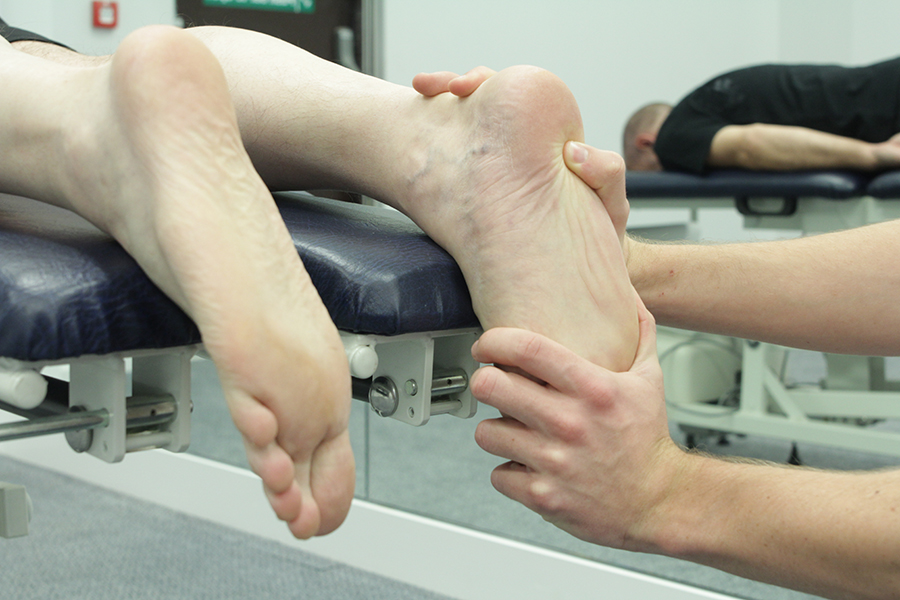

- Fifth metatarsal fracture treatment and tips update#
- Fifth metatarsal fracture treatment and tips full#
Fifth metatarsal fracture treatment and tips update#
The purpose of the herein study is to provide an update in regard to the evaluation, management, and outcomes of these important and frequent injuries. Nowadays, the term ‘Jones fracture’ defines just one type of the fifth metatarsal fracture, that is a ‘Zone 2’ injury, and there are several misconceptions and controversies regarding the terminology and treatment of these injuries. Sir Robert Jones was the first who described the metaphyseal–diaphyseal (within 0.75 inches from the base) fifth metatarsal fracture in four patients in Liverpool in 1902, with himself sustaining the same injury while dancing ( 7). Besides football, other sports with an increased risk of suffering these fractures include soccer, basketball, and track and field athletes ( 4, 6).

In elite athletes ( 4), a 5-year review from a single National Football League (NFL) team demonstrated an incidence of 3.42% ( 5). Noteworthy, the majority of young patients are males, whereas older patients are females ( 3). person-years, with patients most frequently presenting between 20 and 50 years of age ( 2).

Their incidence has been reported as high as 1. Metatarsal fractures represent the most common injury of the foot, accounting for approximately 5–6% of all the fractures encountered in the primary care setting, with about 45–70% of these injuries involving the fifth metatarsal ( 1). Patients should be informed of the different treatment options and be part of the decision process, especially where time for recovery and returning to previous activities is of essence, such as in the case of high-performance, elite athletes. If treated operatively, anatomic reduction and intramedullary fixation with a single screw, with or without biologic augmentation, remains the ‘gold standard’ of management recent reports however report good outcomes with open reduction and internal fixation with specifically designed plating systems.Ĭommon surgical complications include hardware failure or irritation of the soft tissues, refracture, non-union, sural nerve injury, and chronic pain. Treatment of Zone 2 and 3 fractures remains controversial and should be individualized according to the patient’s needs and the ‘personality’ of the fracture. In the vast majority of patients, Zone 1 fractures are treated non-operatively with good outcomes. In contrast, fractures in zone III should primarily be treated surgically.Even though fifth metatarsal fractures represent one of the most common injuries of the lower limb, there is no consensus regarding their classification and treatment, while the term ‘Jones’ fracture has been used inconsistently in the literature. There seems to be no reason to consider zone I and II fractures as two separate entities, as the outcomes in the two groups are similar. One RCT compared surgery and immobilization for zone III fractures: surgery led to statistically significant improvement of the outcome in all of the measured parameters.įractures in zones I and II should be treated with early functional therapy. Five studies compared fractures in zones I and II that were treated in the same manner, revealing similar outcomes. One RCT that compared functional therapy with immobilization for zone II fractures revealed no statistically significant difference.

46 days p<0.05) with early functional therapy, and similar outcomes for immobilization and surgery.
Fifth metatarsal fracture treatment and tips full#
The non-randomized studies revealed a faster return to full function (33 vs. 28 days p = 0.001), with otherwise similar outcomes. Two of these were randomized controlled trials (RCTs) in one RCT, patients given functional therapy returned to work much sooner than those treated with immobilization (11 vs. Nine studies compared different treatments of zone I fractures. Studies were included that compared the treatment of two types of fracture in the same manner, or that compared two different treatments for a single type of fracture. The three fracture localizations according to Lawrence and Botte (zone I, proximal to the intermetatarsal joint between the fourth and fifth metatarsal bones zone II, in the area of the joint zone III, at the distal end of the joint) are analyzed on the basis of a systematic literature search. Nevertheless, no evidence-based treatment recommendations are available to date. Approximately 30% of metatarsal fractures affect the base of the fifth metatarsal bone. Metatarsal fractures are among the most common foot and ankle injuries, with an annual incidence of 6.7 per 100 000 persons.


 0 kommentar(er)
0 kommentar(er)
